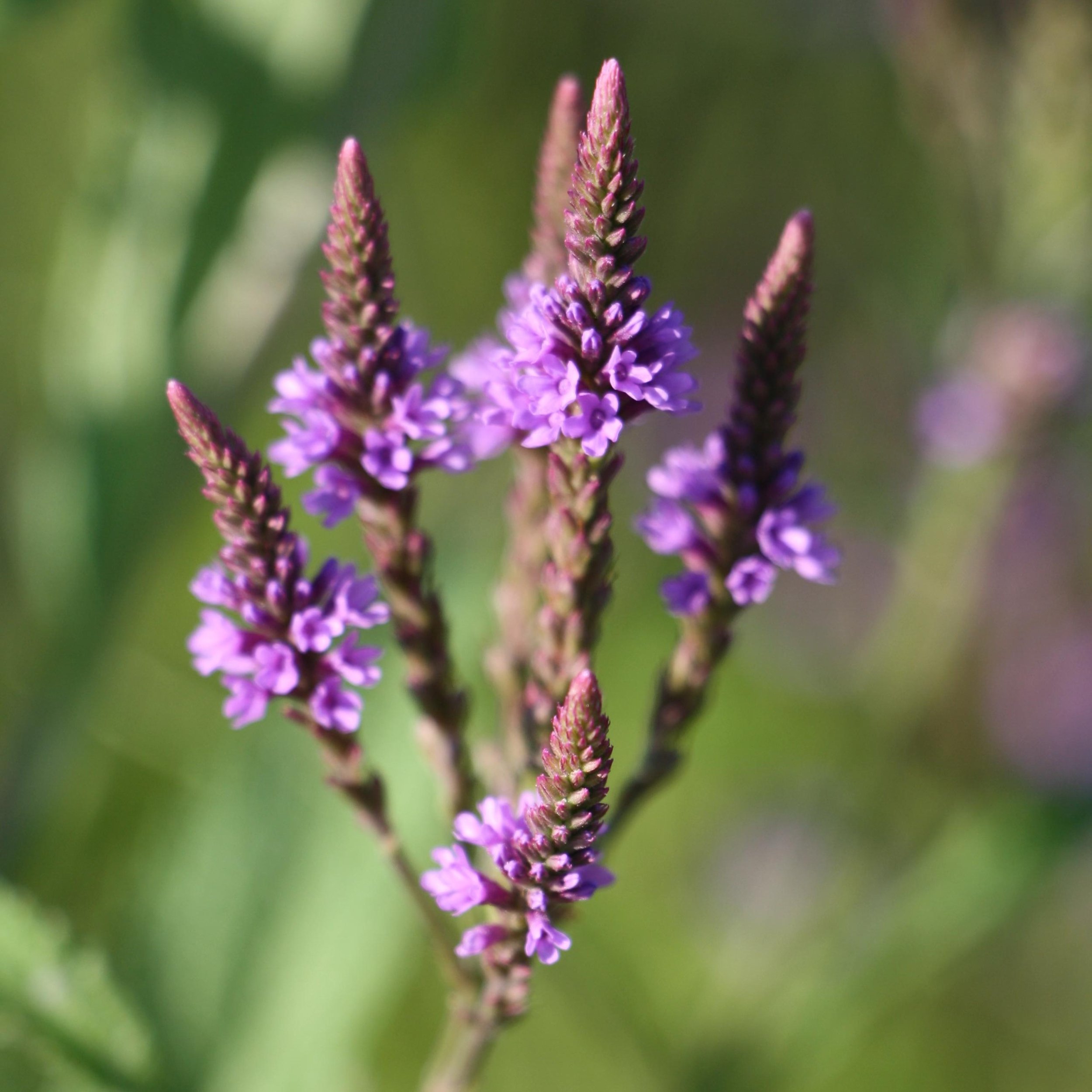HABIT
Height: 3-4’
Bloom Time: mid to late summer
SITE CONDITIONS
Light: full sun, part shade
Soil: medium-wet, average
CULTIVATION TIPS
Establishment: easy, plants will self-seed
Deer Resistance: moderate
INTERACTIONS
Pollinator Support: high
Other: host plant for Buckeye butterfly; songbirds eats seeds
CONSERVATION
Native Range: local ecotype
Seed Origin: Hudson Valley, NY

